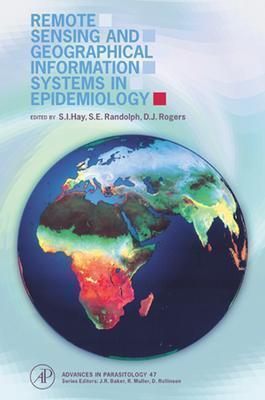You are here
Back to topRemote Sensing and Geographical Information Systems in Epidemiology (Paperback)
$245.00
Email or call for price
Email or call for price
Description
Global problems require global information, which satellites can now provide. With ever more sophisticated control methods being developed for infectious diseases, our ability to map spatial and temporal variation in risk is more important than ever. Only then may we plan control campaigns and deliver novel interventions and remedies where the need is greatest, and sustainable success is most likely. This book presents a comprehensive guide to using the very latest methods of surveillance from satellites, including analysing spatial data within geographical information systems, interpreting complex biological patterns, and predicting risk both today and as it may change in the future. Of all infectious disease systems, those that involve free-living invertebrate vectors or intermediate hosts are most susceptible to changing environmental conditions, and have hitherto received most attention from the marriage of analytical biology with this new space technology. Accordingly, this volume presents detailed case studies on malaria, African trypanosomiasis (sleeping sickness), tick-borne infections and helminths (worms). For those who are unfamiliar with this science, and unsure how to start, the book ends with a chapter of practical advice on where to seek hands-on instruction. The lessons to be learned from these studies are applicable to many other epidemiological and ecological problems that face us today, most significantly the preservation of the world's biodiversity.
